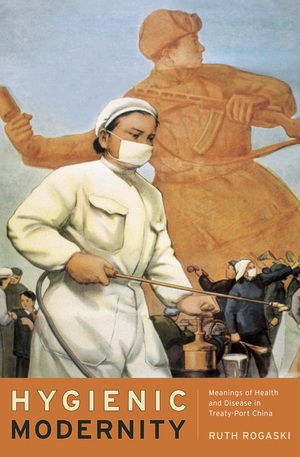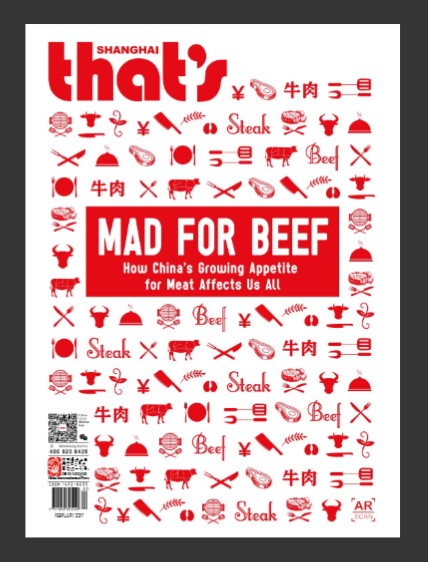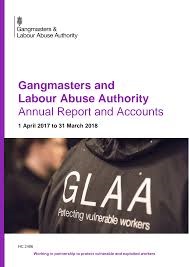Shamefully lagging behind
Blog four in a series documenting China’s path to urbanising Tibet, depopulating the highlands, converting exnomads into infrastructure construction workers 4/5
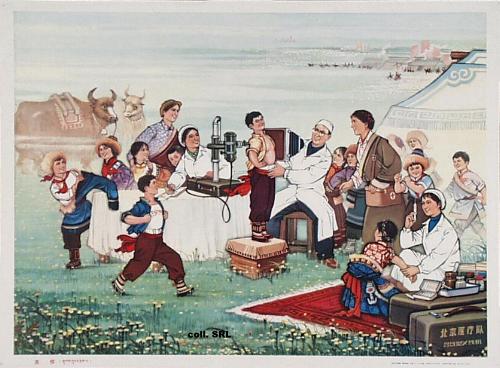
U-Tsang, central Tibet, which China calls Tibet Autonomous Region, has long been an embarrassment to a centralized party-state whose legitimacy is based on economic growth. By almost any metric, TAR is a laggard, all the more so now that new era China is urbanizing so fast, including the new Lanxi (Lanzhou-Xining) megapolis 兰西城市 on the fringes of Tibet, moving ahead at speed.
TAR is at or close to the bottom on almost all measures of economic success, except for one key metric, which is GDP.[1] Since GDP is just a measure of economic activity divided by the population number, China’s massive ongoing infrastructure spend in TAR on paper generates a GDP that looks impressive.
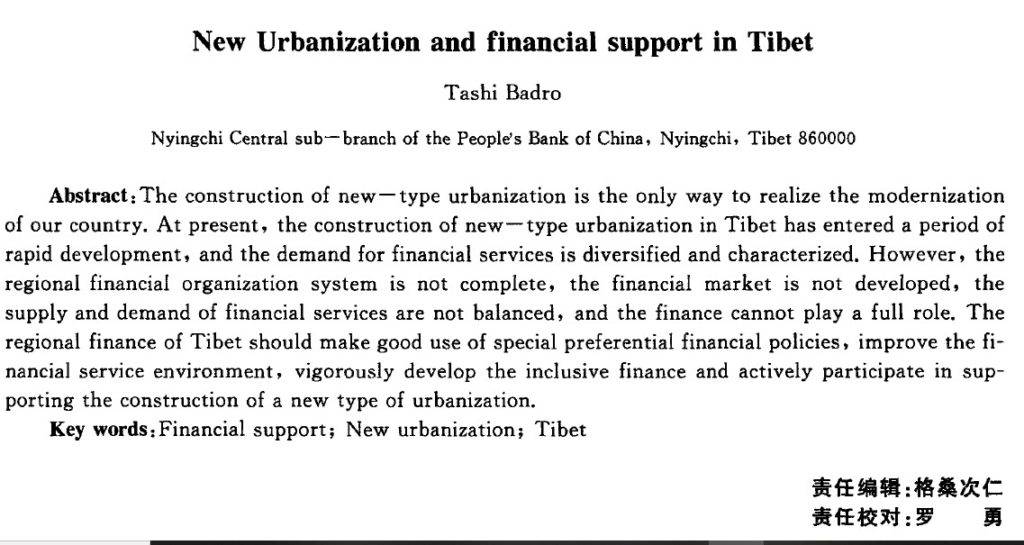
China gathers lots of data on every province, much of it of questionable provenance. However, even a quick glance at Tibetan lives on the ground shows a skewed, disempowering development model pours capital expenditure into infrastructure, built by Han immigrants, with little trickle down to Tibetans, especially in rural areas.
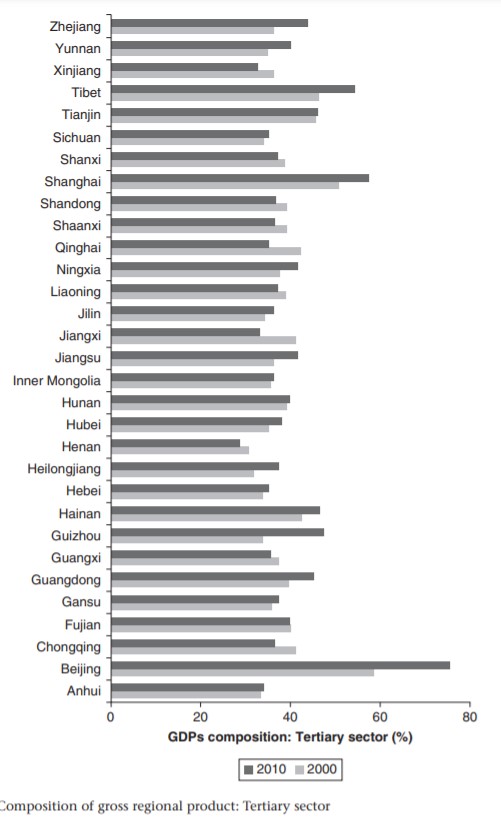
A Business and Economic Handbook, Palgrave, 2013
According to the statistics, the TAR sectoral economy most closely resembles tier one cities such as Shanghai and Beijing, in that the dominant sector, driver of growth, is not agriculture, pastoralism or manufacturing, but services, especially security state services, which employ lots of people in grid management, surveillance, detention, interrogation and incarceration.
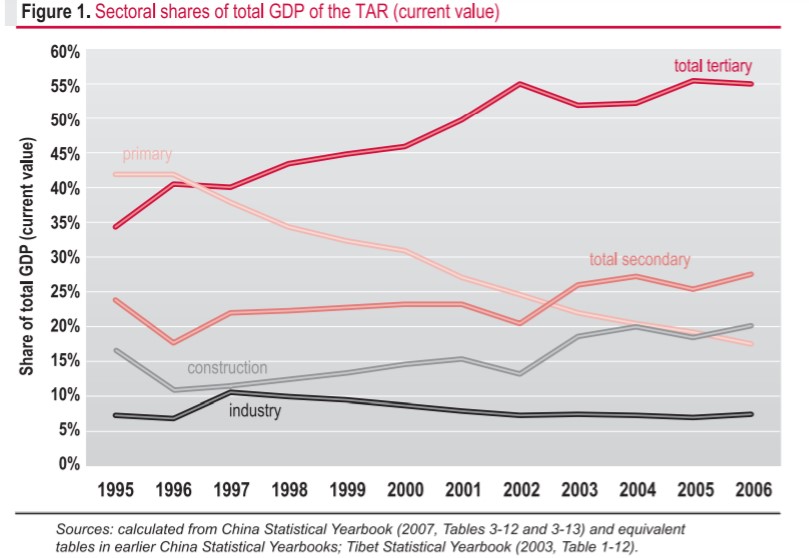
The Political Economy of Boomerang Aid in China’s Tibet, China Perspectives, 2009, #3, 38-53
Clearly this artifice is anomalous. In no way does TAR resemble Shanghai or Beijing. The top heavy economy of TAR, plus the underdeveloped, uninvested agricultural and processing sectors display a lopsidedness found nowhere else, as many Chinese economists have pointed out. This has been chronic for decade after decade, and worsening.
No matter how much money Beijing pumps in to TAR, dependency only intensifies, TAR remains a cost centre, producing almost nothing profitable. This has persisted so long it is beyond embarrassing; and TAR is routinely omitted from comparative provincial statistics, because the results are so awful for a party-state fixated on growth as an end in itself.
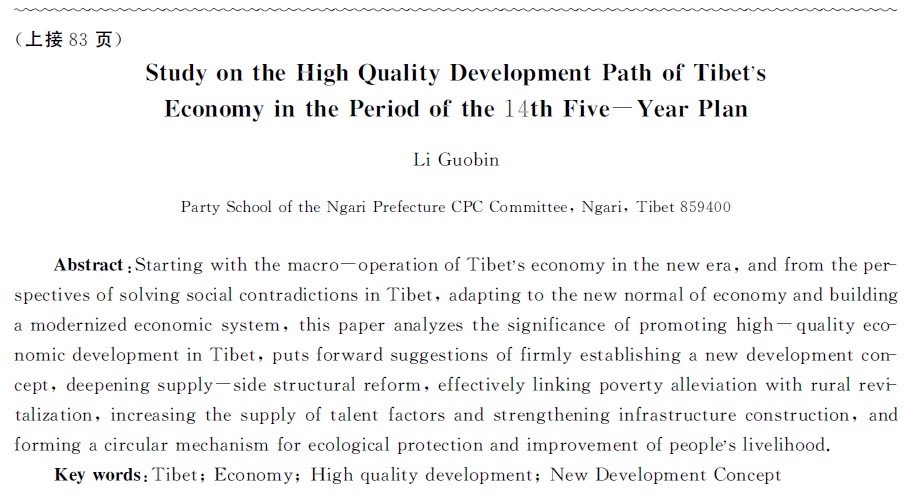
UPLIFTING TIBET INTO THE ANTHROPOCENE
Xi Jinping’s “new era” is to be the era of “high-quality development.” Underlying that is the global new era of the Anthropocene. From Beijing’s perspective TAR struggles with high-quality development, because it never fully entered the Anthropocene.
“Since Xi took control, total debt has risen from 225 percent of GDP to at least 276 percent. In 2012, it took six yuan of new credit to generate one yuan of growth; in 2020, it took almost ten. ” This is not how new eras begin, this is the law of diminishing returns, nowhere more so than in Tibet.
Now “high quality development”, although vague (like a lot of CCP jargon) signifies the end of China’s reliance on an endless pool of cheap rural migrant labour. This is the slogan signifying China’s effort to avoid the “middle income trap” that afflicted many countries which rose fast and then stalled. High quality development means a skilled workforce, higher wages, global competitiveness, global brands based in China, dominance of high tech industries, and much more. But in Tibet?
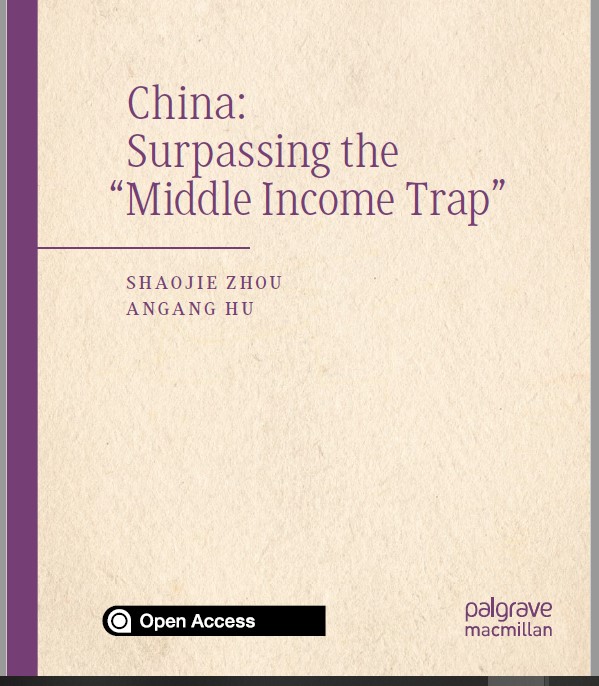
The concept of high quality development requires high quality people, meaning a workforce literate in the putonghua common tongue, with sufficient education to do the elaborate transformations of raw materials into consumer products that can be competitively marketed world wide. Although robotic automation gets a lot of headlines, there will still be a huge workforce needed, if China is to maintain its place as the world’s factory, with the world’s most comprehensive commodity supply chains stretching back upstream to Tibetan mines, rivers and hydro dams.
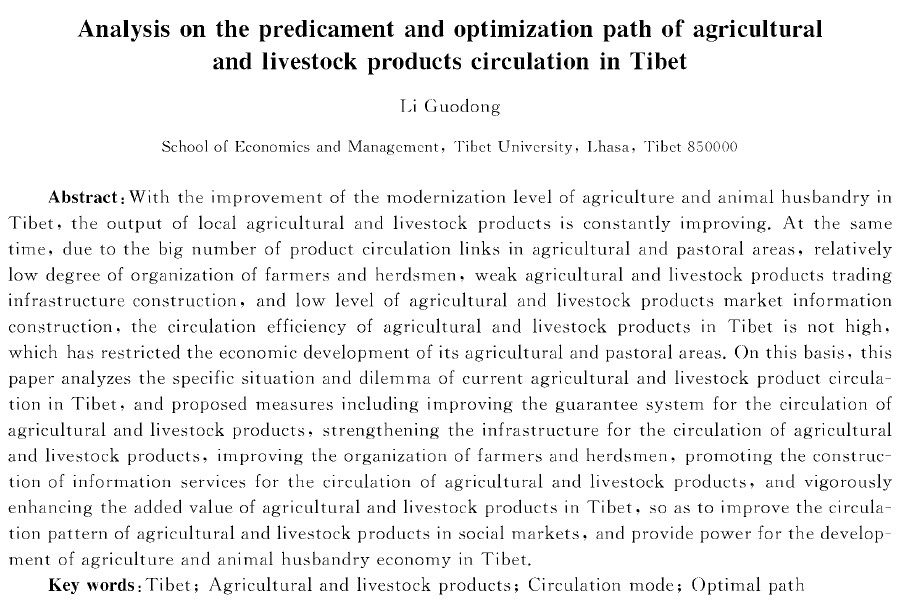
The women of China have discovered there is more to life than bearing and raising children, and the proportion of the population of working age is rapidly shrinking.
As usual, central leaders demand all provinces pull their weight, and contribute to achieving national goals. This includes Tibet, which instead sinks further into dependency, and a chronically weak economy dominated by government employment, that generates very little revenue. Economically, TAR functions as a colonial outpost and as basis for a remittance economy chiefly benefitting construction companies and Sichuanese sojourners exploiting Tibet for fast returns.
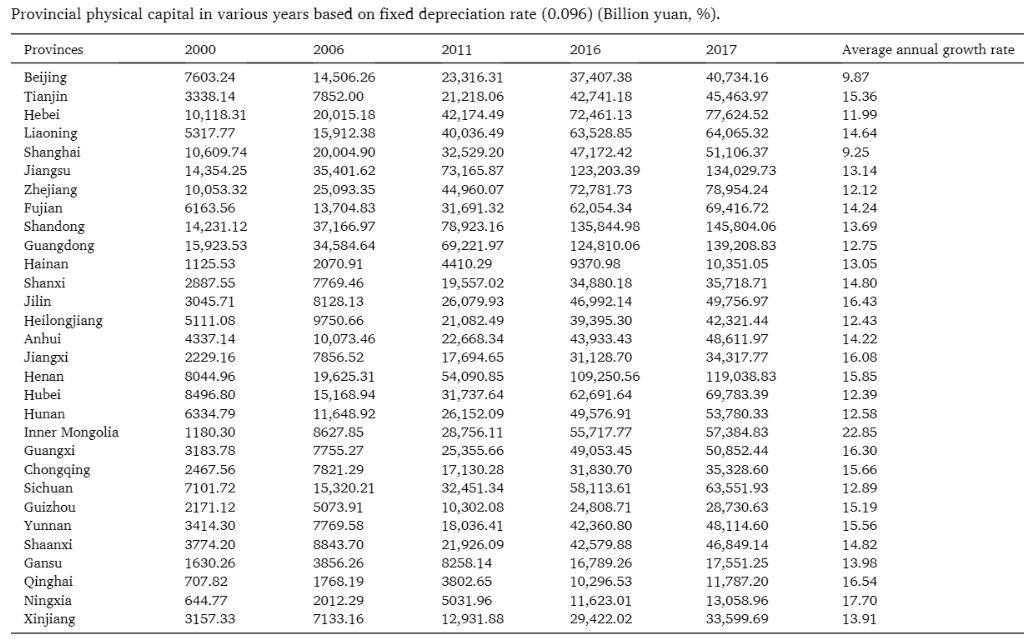
Yuning Gao, Accounting and determinants analysis of China’s provincial total factor productivity considering carbon emissions, China Economic Review 65 (2021) 101576
Among the industries dominated by nonTibetans is construction, which attracts companies registered in TAR and in other provinces, which recruit workers from within their networks, largely excluding Tibetans from all but the most unskilled, dangerous and precarious employment.
This may no longer suit central leaders, who have for years put up with contractors who corruptly compromise building standards, erect “tofu buildings” prone to collapse, that fail earthquake resilience regulations, and crumble for lack of expensive cement to bind concrete securely. “High quality development” can no longer rely on TAR as a backwater for party hacks, rent-seekers and remittance workers with no continuity or care. Not only is this unsuitable for Tibetans who must live in substandard housing, it is perhaps at last unsuitable for China’s new era.
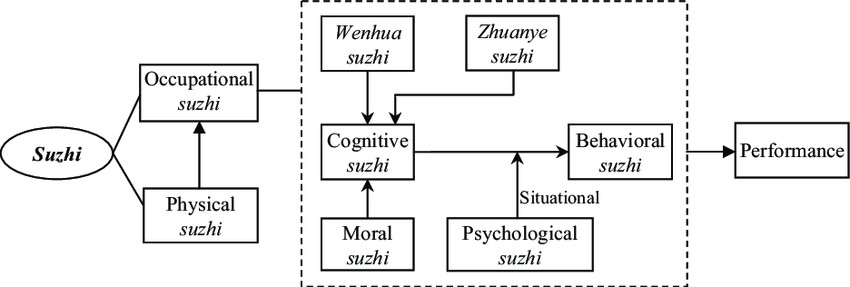
The concept of “high quality” is packed with moralistic judgements and expectations, signifying much more than a transition from a state investment led economy to a consumer demand driven economy. Bound up in the notion of high quality development is the need for high quality people capable of implementing it. China wants Tibetans 2.0, modelled on the highest of high quality Han, otherwise known as the members of CCP. Economists call this human capital formation, since every aspect of the world is now a form of capital.
HIGH QUALITY DEVELOPMENT REQUIRES HIGH QUALITY PEOPLE
China has long been obsessed with raising human quality –suzhi in Chinese. Human quality devalues traditional skills such as pasture sustainability management, and values urban skills such as financialization and wealth management. Suzhi is a deeply Confucian concept, an education in acquiring Chinese characteristics. “The word suzhi is a Chinese concept full of connotations, which is difficult to define in one English word. Suzhi of a person refers to the relatively stable quality structure, which is due to one’s knowledge internalization, based on the inherent gifts and physiology and deeply influenced by their education experience and social environment. A person has some kind of suzhi, which means they have certain values, cultural cultivation, physical and psychological quality, wisdom, and abilities. That means the aim of suzhi education is to improve the quality of the Chinese people.
“At the 19th Congress of the Communist Party of China in 2017 and the National Education Conference held in 2018, President Xi Jinping emphasized that China must develop suzhi education, train socialist builders and successors with all-round development of morality, intelligence, physique, aesthetic, and labor. Along with the popularizing of Chinese higher education and change of external conditions of education, morality, aesthetics, labor, social responsibility, innovation spirit, and practicing ability all become the most important factors of suzhi education. Among these, ideological political courses, entrepreneurship education, and so on, were paid most attention by the Chinese central government.”[2]
For Tibetans, becoming a high quality person endowed with suzhi is inextricably bound up with becoming Chinese, assimilating Confucian norms, accepting Zhonghua minzu -the Chinese race- as one’s identity. That is China’s goal, even if reaching the goal takes a long time, as coercive assimilation is not as widespread in Tibet as it is in Xinjiang. Displacing Tibetans from their rural lands, settling them in villages, training them in construction skills, mobilizing them into the urban workforce are all steps into suzhi formation. Suzhi is a ladder of status, with the Han at the top, Tibetans at the bottom.
Vocational education is meant to play a big part in the raising of suzhi nationally, essential to Xi Jinping’s new era goal of “high-quality development” delivered by high-quality workers. The 1996 Vocational Education Law is being upgraded, with extensive consultations involving many professions. The 2021 draft revisions to the Vocational Education Law say: “As our country enters a new stage of development, the development of vocational education is facing new situations and new requirements. Compared with the requirements of building a modern economic system and building a strong education country, our national vocational education still has insufficient system construction, insufficient motivation for enterprises to participate in running schools, and talent training, the quality of nutritional teaching is uneven. The report of the 19th National Congress of the Communist Party of China proposed that the vocational education and training system should be improved.” Ȗ-Tsang must play its part.
China’s vocational education plan for 2020-2023 职业教育提质培优行动计划(2020—2023年) includes these targets:
- Establish a formal system for vocational education development in China and operationalise the national “credit bank”.
- Establish a chain of responsibility for vocational education involving government, industry and institutions.
- Expand the scale of vocational education equivalent to “regular education” and produce many high-quality “technical talents”.
- Gradually enhance the vocational education standards system at national, provincial and institutional level and deepen reform of teaching and learning resources and methods.
Number one task on the official list: “Strengthen the research of vocational education, and build the ideological system, discourse system, policy system and practice system of vocational education with Chinese characteristics.”
In Xinjiang “vocational education” has been the excuse for mass detention and coercive compliance with accelerated assimilation. In Tibet, the assimilationist goal is the same, but the pace is slower.
Han children, even in kindergarten, are taught the components of civilized suzhi habits, including civility, integrity, solidarity, hygiene, diligence, and initiative. Suzhi is fast becoming an English word, that involves steady, essential, implicit mental quality and explicit adaptive behaviour. Furthermore, psychological suzhi is composed of the following three dimensions: cognitive quality, which refers to individuals’ cognitive process; personality quality, including concepts such as self-esteem, self-confidence, and self-control; and adaptive quality, referring to individuals’ flexibility when faced with a different environment. That’s the ideal.[3]
Tibetans might say all these habits are familiar, both from the self-reliance required to manage herds on the hoof, whatever happens, and through familiarity with the teachings of the lamas; but that counts for nothing in the formal cultivation of suzhi in Chinese schools in Tibet, and in the job market training programs being set up across Tibet, in fulfilment of the requirements of the TAR 14th Five-Year Plan.
While high quality development remains vague, educators of minority nationalities argue for “the impact of human capital structure in the process of China’s economic transition from a high-speed growth stage to a high-quality development stage. The measurement of human capital structure is calculated by proportion of employed population with various education. Increase in the proportion of high educated population would effectively promote the quality of regional development. In order to avoid low quality trap, the less-developed regions in China should take corresponding policies to improve their human structures.”[4]
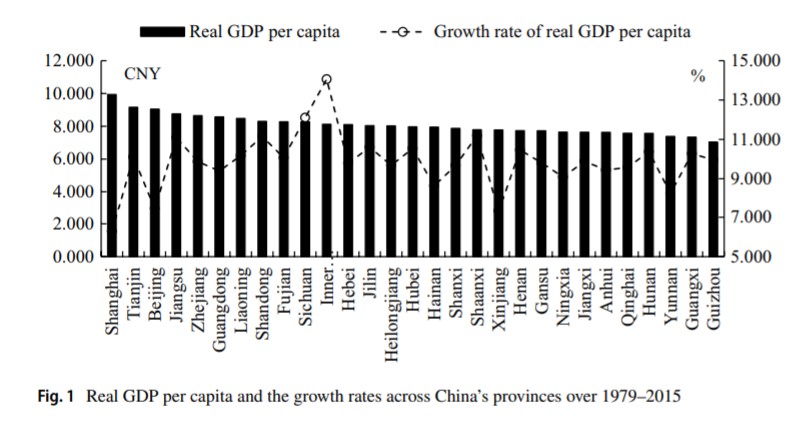
For China’s economists, high quality development is all about efficiency and productivity. Since China’s workforce is not growing, and actually shrinking, economic growth can only come from raising productivity per worker, which is measurable. Tibet ranks lowest for efficiency, productivity and the many other measurable attributes of high-quality development, in fact so low TAR is omitted from the list of 30 ranked provinces. Qinghai, Yunnan and Gansu are all near the bottom of the “comprehensive development degree” rankings.[5]
TIBET CONSTRUCTION CORPORATIONS: GANGMASTERS OF CRONY CAPITALISM
In order to sharply accelerate the concretisation of TAR the 14th Five-Year Plan goes into detail about how displaced rural Tibetans are to be trained into construction workforce participation. The TAR Plan, in keeping with China’s developmentalist, top-down, command and control model, picks winners. The most favoured construction companies are named in this Five-Year Plan, for further contractual favouritism:
- Tibet Construction Engineering Building Materials Group, ,建工建材集团、Jiàn gōng jiàncái jítuán, http://www.xzjgjc.com/
- Lhasa Urban Investment拉萨城投、lāsà chéng tóu; http://www.lhasajk.com/
- Xigaze state-owned enterprises such as Everest Urban Investment,日喀则珠峰城投、rì kā zé zhū fēng chéng tóu; https://rkzzfct.cn/
- Shannan Yalong Investment Company山南雅砻投资公司等国有企业shānnán yǎ lóng tóuzī gōngsī děng guóyǒu qǐyè.
Each of these four construction companies have their turf, patrons, networks and long histories of hiring Tibetans only to do the dirty and dangerous manual work, then lay them off as soon as a contract is completed, or emigrant skilled workers are required.
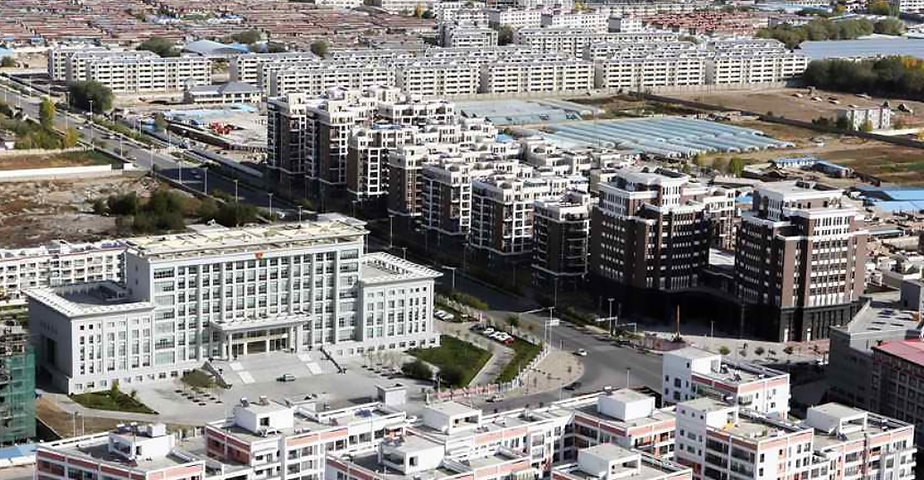
Of the four named, only the first works all over TAR, the other three work their patch in Lhasa, or in Shigatse/Xigaze or in Lhoka/Shannan.
Tibet Construction Engineering Building Materials Group is owned by the TAR government, as a vehicle for transferring wealth accumulation to top management, and getting buildings built. It grew out of the cement factory in Lhasa, excavating limestone, using lots of diesel fuel to make the cement that is in every way foundational to modernity with Chinese characteristics.
If you look at the Tibet Construction Engineering Building Materials Group website, they built the Lhasa railway station, the bridges spanning Tibetan rivers and floodplains, the highways and the urban density apartment tower blocks, the hydro dams, they did it all.
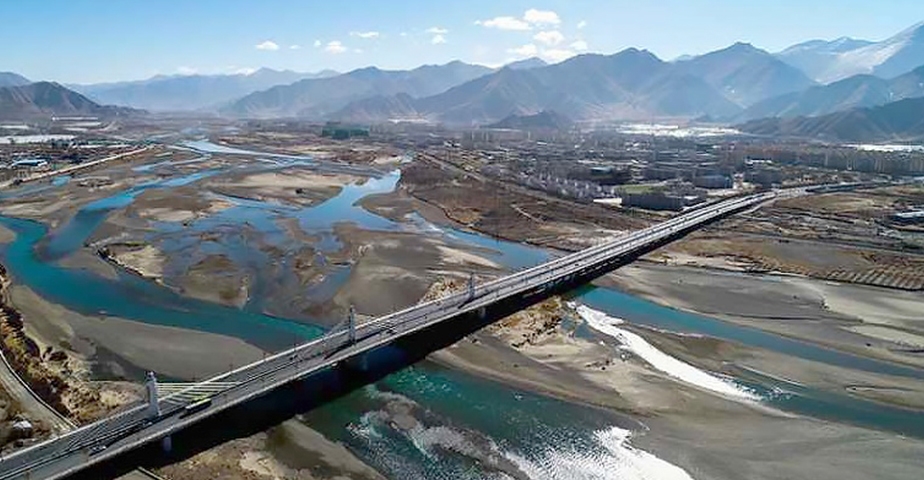
Now it describes itself as “a key state-owned enterprise group in the Tibet Autonomous Region. The headquarters of Tibet Construction Group is set up in Lhasa, Tibet, China. The group’s industry is involved in investment and operation, capital operation, building materials production and marketing, civil blasting, planning and design, construction and ecological greening, etc. The group has 2 main board listed companies [Tianlu Stock (stock code: 600326), Gaozheng Civil Explosion (stock code: 002827)] and 2 new third board listed companies, holding more than 150 companies with key shares. At present, the group’s industry has been distributed to the north and south of the motherland and radiated to the markets of neighboring countries. It has achieved “out of the plateau” development and integrated into the overall national economic development pattern. In 2020, Tibet Construction Group ranked 43 among the top 50 Chinese building materials companies, setting a new record for Tibetan state-owned enterprises in the national authoritative industry list, witnessing the development of Tibet’s industrial industry, and also recording the progress of the new era.”
This exemplifies the path to corporate success in neoliberal new era China. The party-state’s passion for urbanisation as the solution to all problems generates construction contracts which can be financialised, leveraged, channelled into a complex corporate structure of 150 subsidiaries, all designed to make money work harder, for greater accumulation. Production of building materials and actual building construction are listed only after the financialised functions. This is a company set to grow and grow, and outgrow Tibet.
If, in coming years, as per the TAR 14th Five-Year Plan, the building workforce is to include more Tibetans, this corporation will tender for the training contract and, as the most favoured insiders, win contracts.
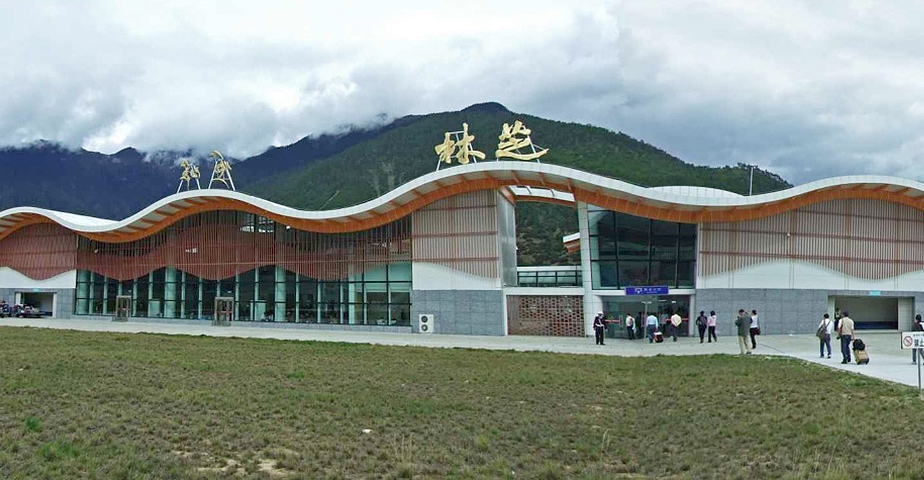
Everything about this corporation, including its reach into other provinces, its ambition to become a national champion and its financialisation, all suggest Tibetans are merely factors of production, just as cement, steel, glass and fossil fuels are factors of production, to be moved about the landscape according to corporate need. Unlike Xinjiang, which already has cotton spinning and textile manufacturing, bulk tomato and grape harvesting and processing, aluminium smelters and much more manufacturing industries, TAR has only cement production and little else. Small amounts of lithium come from upper Tibet in the far west of TAR; copper, gold, silver and molybdenum deposits in TAR are now mined intensively, yet the smelting that separates these metals is done in Qinghai and Gansu. The wealth accumulation is at the smelters. What accumulates in TAR is the mine wastes, since chemical concentration of pulverised rock is done at the sites of the many mines, resulting in enormous tonnages of toxic tailings, often close to major rivers.
Given all we know, it seems unlikely Tibetans entering the urban construction workforce will rise far, or be treated with respect, or accrue pension payments, or gain ongoing access to social security and health care benefits, still less will they hold equity in the corporations that employ them.
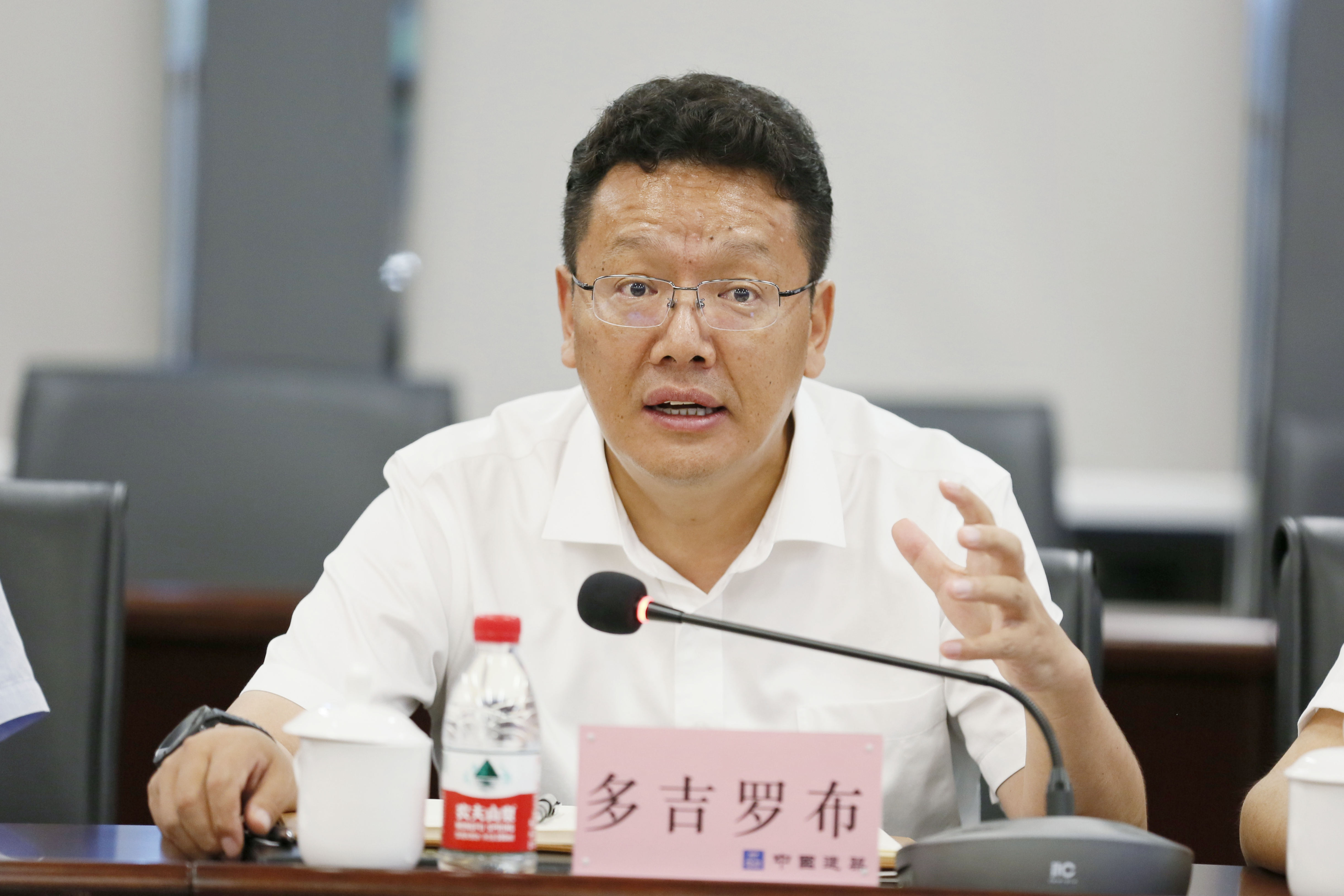
The conventional Han depiction of Tibetans is that they are lazy and uncompetitive, because they fail to appreciate that accumulation is an end in itself, without end, forever scaling up to remain competitive.
Second on the TAR Plan’s preferred contractor list is Lhasa Urban Investment which, unsurprisingly, is also state-owned but privately managed, for the wealth accumulation of its well-connected management. Even the quickest look at its gold-tinged splash page graphics makes it clear getting gloriously rich is what it’s all about.
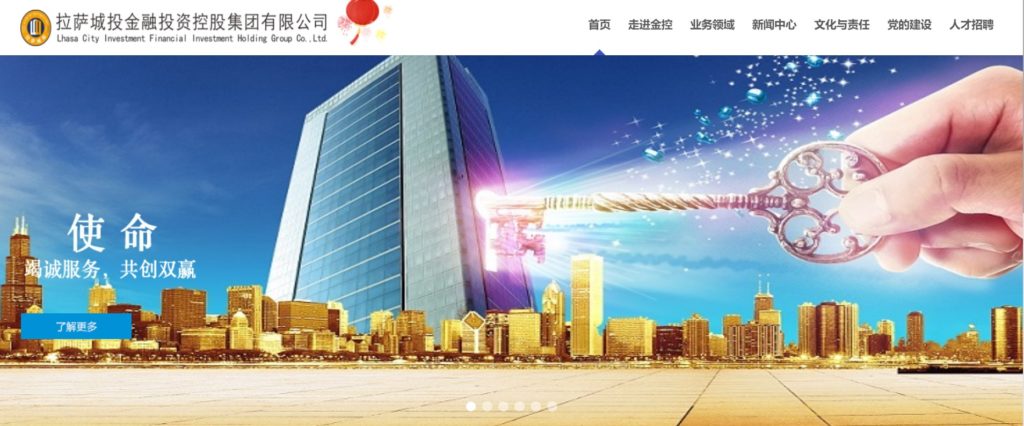
In 2017 Lhasa Urban Investment plunged into financialisation: “Lhasa Urban Investment Financial Investment Holding Group Co., Ltd. Gold Control 2017. The registered capital is 1 billion yuan, and the main business is venture capital and management, infrastructure and urban public project investment, energy and transportation and other high-tech industries. There are 4 subsidiaries of Lhasa Urban Investment Information Technology Co., Ltd., Tibet Jiangxu Investment and Development Co., Ltd., Tibet Hongfa Comprehensive Testing Co., Ltd., and Tibet Hangxin Metal Products Co., Ltd., with administrative personnel department, financial accounting department, and party building discipline inspection. In terms of financing consulting services, Lhasa Urban Investment Corporation’s subordinate industrial group companies and major enterprises in the autonomous region provide consulting services such as loans, listing, bond issuance, and finance; in terms of financial equity investment, it provides consulting services for banks, insurance, securities, and Funds and other industries coordinate the layout; in terms of foreign cooperative investment, combined with the main business of Lhasa Urban Investment, invest in the upstream and downstream of the industrial chain. Since the establishment of the group more than a year ago, it has completed a total of approximately 9.5 billion yuan in financing and a total investment of over 12 billion yuan. The group plans to further expand its business scope, obtain banking, securities, insurance, funds, financial leasing and other financial licenses, strive to strive for first-class financial enterprises, and earnestly perform its responsibilities in comprehensive financial services, and help realize the leapfrogging of Lhasa Urban Investment Company development.”
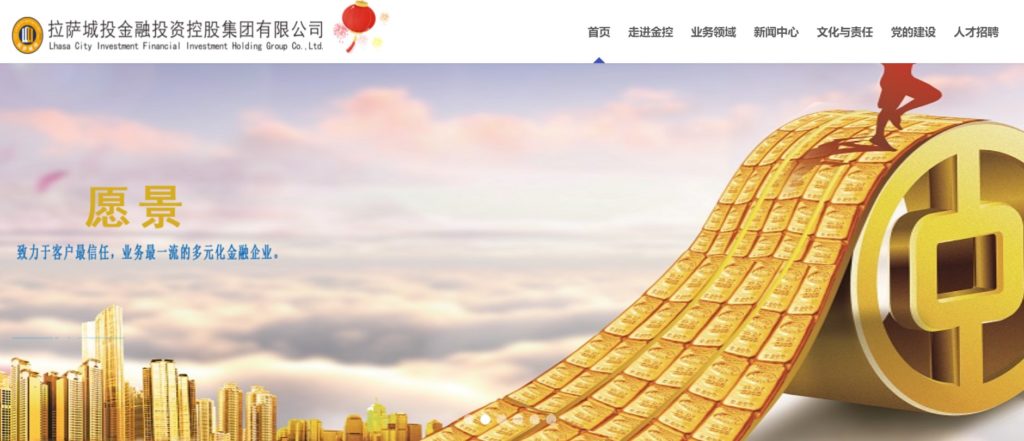
This is state capitalism maximising its rent seeking dominance of the construction industry, to funnel profit into making money make ever more money. This is not a corporation with concern for the welfare of its workforce, especially the casual Tibetans on its building sites with no security, occupational safety or even hard hats and safety harnesses on insecure scaffolding.[6]
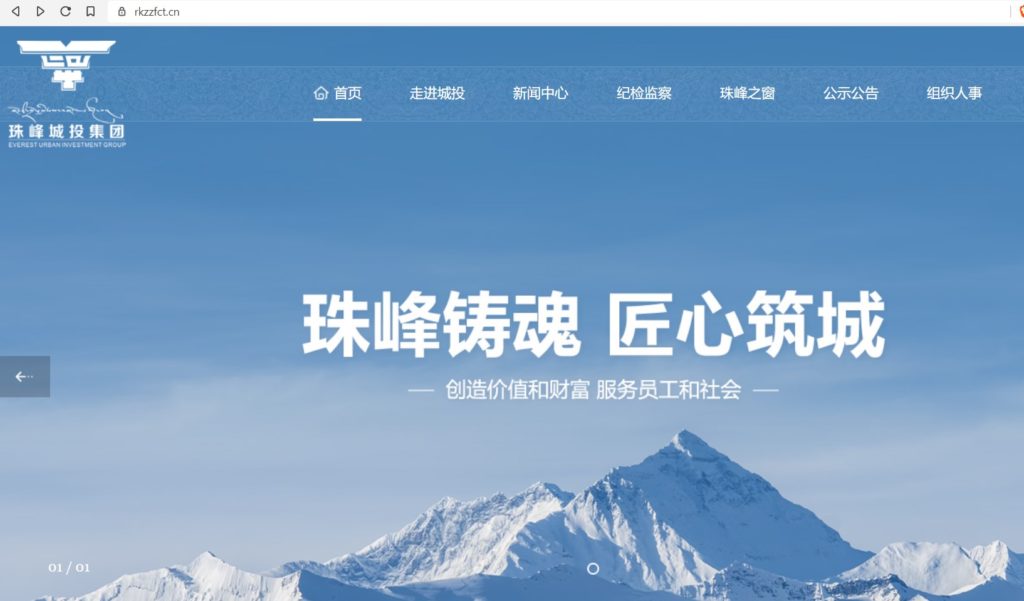
Third on the TAR 14th Plan list of construction industry insiders is a Shigatse based corporation which calls itself in English Xigaze Everest Urban Investment Development Group Co., Ltd.. Again this is a state-owned vehicle for private wealth accumulation, boosted in 2017 by Shigatse losing its prefectural status, instead reclassified as a municipality covering a vast rural area, as well as urban Shigatse town. The difference between a prefecture and a municipality is not only an emphasis on urban construction, but also the cancellation of any minority nationality “autonomous” status.
Here, from the corporate website is how this company defines itself: “Xigaze Everest Urban Investment Development Group Co., Ltd., formerly known as Xigaze Everest Investment Co., Ltd., is a wholly state-owned company approved by the former Xigaze Prefectural Committee and Administrative Office. It was registered and established in July 2013, and was renamed Xigaze Everest Urban Investment Development Group Co., Ltd. with the approval of the Shigatse Municipal Party Committee and Municipal Government in February 2017. The company’s current registered capital is 2625.8878 million yuan (including cash investment of 80.227 million yuan, and physical investment of 182558.05 Ten thousand yuan).
“The company adheres to the corporate mission of “creating value and wealth, to serve the urban economic construction and development of Shigatse as its own responsibility, with the goal of becoming a stronger and better and larger state-owned enterprises, independent management, independent accounting, participating in all aspects of urban construction, and undertaking urban infrastructure construction and operation projects.
“Mainly engaged in the construction, operation and management of urban infrastructure; comprehensive real estate development; primary land development; operation of various building materials; leasing industry; tourism development, hotel operation, cultural media operation; development and operation of characteristic agricultural products; seedling operation and greening projects Undertake; investment, financing, financial management and other businesses.
“After 7 years of development and growth, the company has begun to take shape. The company has a comprehensive management department, a human resources department, a party building propaganda department, a financial management department, an investment and financing department, a production management department, a strategic development department, and a risk control audit department. There are 11 functional departments of the Disciplinary Inspection and Supervision Department, the Office of the Board of Directors, and the General Engineering Office. There are currently 40 affiliated companies, including 20 wholly-owned subsidiaries, 13 holding companies, and 7 share-holding companies. As of the end of 2018, the total number of employees in the company reached 1,514 (672 employees and 842 retired), and the company’s total assets were 7.519 billion yuan.”
It now awards contracts for the demolition and rebuilding of urban slums in Shigatse where Tibetans from the countryside have led a precarious existence without hukou household registration papers. It is not yet on a scale akin to the two Lhasa based corporations, but could grow fast if the urban densification of Shigatse is, as planned, now a high priority, and Everest is just down the road (actually it is 343 kms by road).
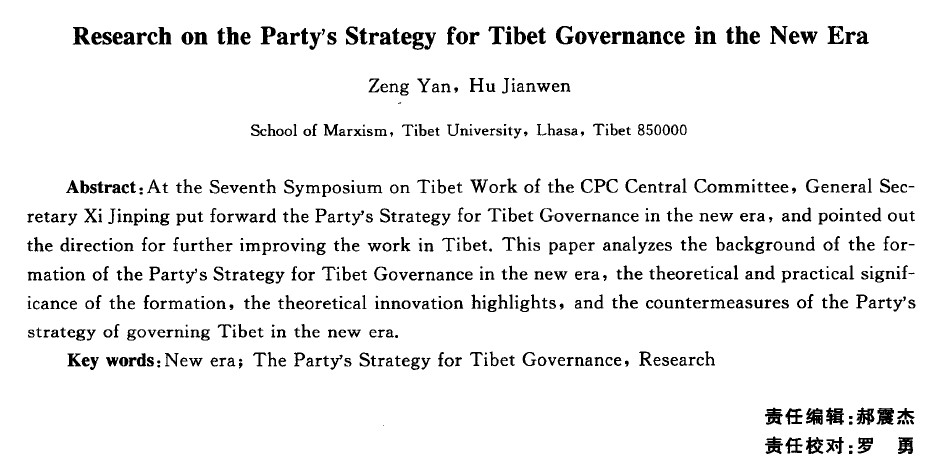
- Wang Wei. Research on the Construction and Measurement of the Evaluation System of my country’s High-quality Economic Development, Ningxia Social Sciences, 2020, (06): 82-92.
- Tang Tianwei, Cao Qinghua, Zheng Zhengwen. The connotation and characteristics of the modernization of local government governance: Symptoms and their measurement index system, Chinese Administration, 2014, (10): 46-50.
[2] Haishao Pang et al., Suzhi Education and General Education in China, ECNU Review of Education 2020, Vol. 3(2) 380–395
[3] Xiaoling Mo, et al, Parent-child attachment and good behavior habits among Chinese children: Chain mediation effect of parental involvement and psychological Suzhi, PLOS ONE | https://doi.org/10.1371/journal.pone.0241586 January 6, 2021
[4] Wenwen Qin, (Southwest Minzu Institute, Southwest Minzu University Chengdu), Human Capital Structure and High-Quality Development: An Empirical Study, 2020 7th International Conference on Behavioural and Social Computing, Bournemouth, UK.
[5] Xinhuan HUANG; Binqing CAI; Yalin LI, Evaluation Index System and Measurement of High-quality Development in China., Revista de Cercetare si Interventie Sociala. mar2020, Vol. 68, p163-178.
[6] Mengchun Zhang And Dongping Fang, A cognitive analysis of why Chinese scaffolders do not use safety harnesses in construction, Construction Management and Economics, 2013, Vol. 31, No. 3, 207–222, http://dx.doi.org/10.1080/01446193.2013.764000
